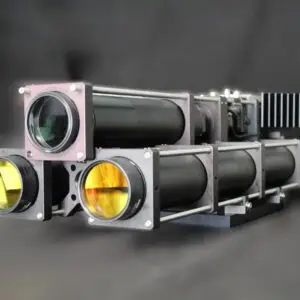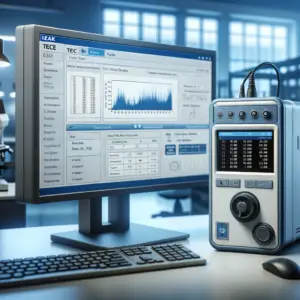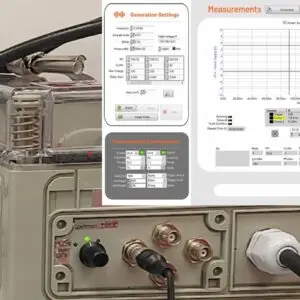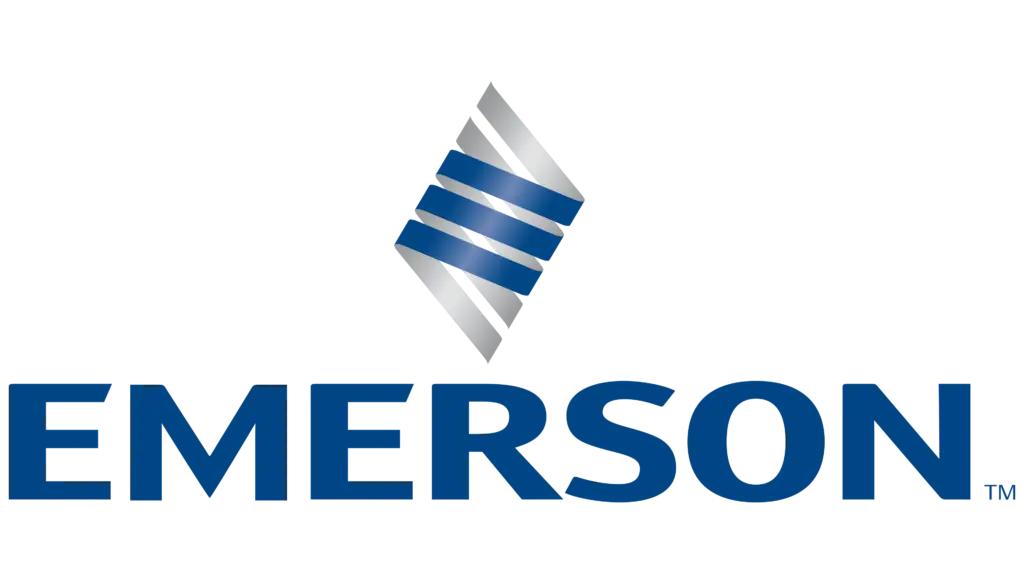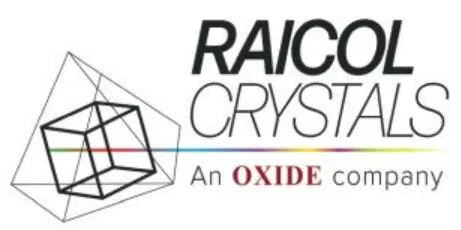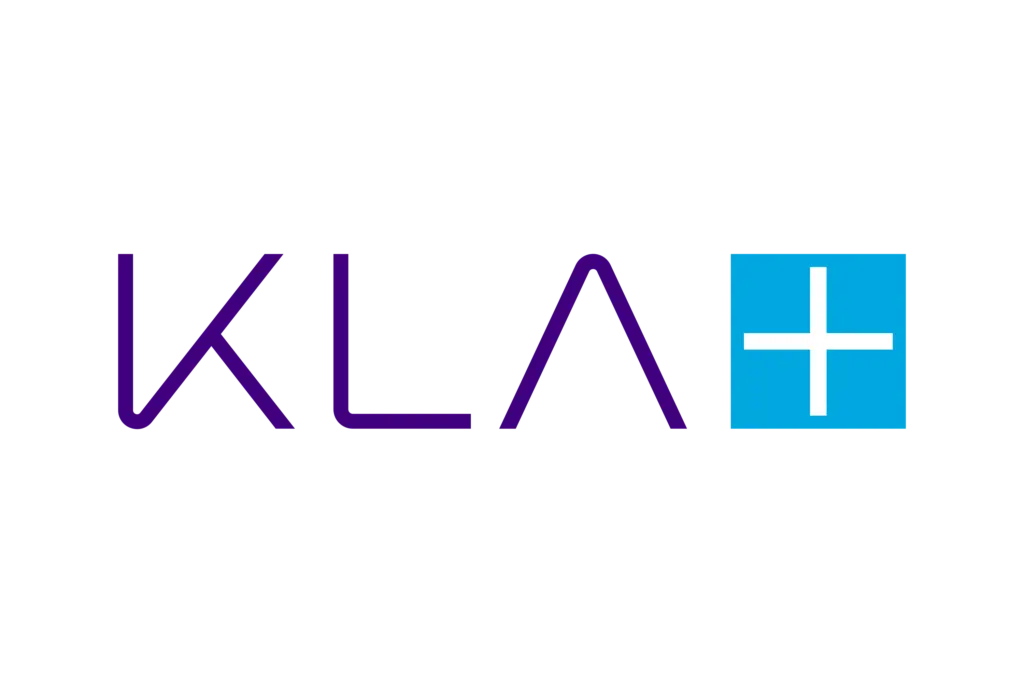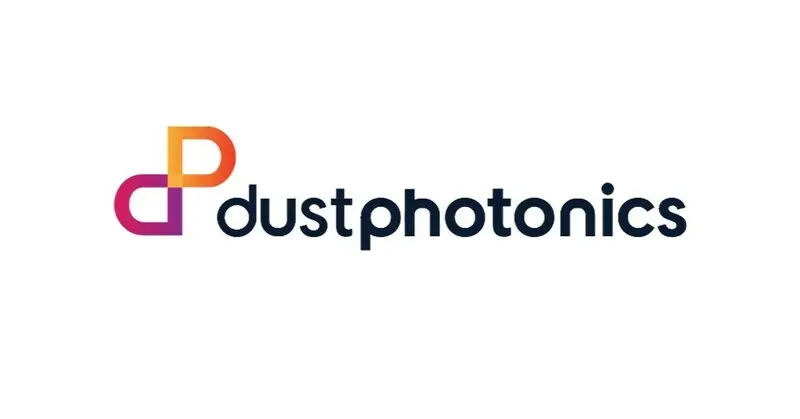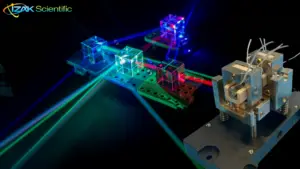The integration of high voltage switches in optics, nonlinear optics, and quantum technologies systems plays a pivotal role in advancing research and applications within these fields. This article presents an educational overview, enriched with scientific insights, to elucidate the essential role of high voltage switches across these domains.
The Interplay Between High Electrical Fields and Optical Phenomena
The interaction between high electrical fields and materials reveals a spectrum of optical behaviors, from linear responses to complex nonlinear dynamics. This interaction is fundamental for manipulating light properties through high voltage switches, enabling precise control over light behavior for various applications.
Linear Optical Phenomena
At the heart of linear optics, phenomena such as the electro-optic effect demonstrate how materials alter their refractive index linearly with the applied electric field. This principle is harnessed in electro-optic modulators, where high voltage switches play a crucial role in modulating light’s amplitude, phase, or polarization state, showcasing their importance in optical systems requiring dynamic light control.
Nonlinear Optical Phenomena
Nonlinear optics, where the material response to light is nonlinear, encompasses effects like Second Harmonic Generation (SHG) and the Kerr Effect. These phenomena, enhanced by the precise modulation of high voltage switches, underpin advancements in frequency doubling of lasers, optical computing, and telecommunications, reflecting the switches’ critical role in facilitating nonlinear optical processes.

Quantum Optics Systems: A Nexus for High Voltage Switch Integration
Quantum optics, straddling quantum mechanics and optical physics, relies on the meticulous control of light and matter. High voltage switches are instrumental in this realm, enabling:
1. Control of Optical Elements: The modulation of light through devices like Pockels cells, essential for encoding quantum information or controlling quantum states, depends on high voltage switches for rapid voltage application or removal.
2. Activation of Electro-Optic Modulators: These modulators, pivotal for creating entangled photon pairs or implementing quantum cryptography protocols, require high voltage switches for precise modulation control.
3. Management of Trap Voltages in Ion Traps: The manipulation of charged particles for quantum computing or simulation benefits significantly from high voltage switches, facilitating quick voltage adjustments.
4. Switching in Quantum Sensing and Metrology: High voltage switches offer dynamic control over electromagnetic fields or optical potentials, crucial for optimizing the performance of quantum sensors.
5. Facilitation of Quantum Communication: The preparation and measurement of quantum states for secure information transfer are made possible by high voltage switches, ensuring the integrity of quantum communication channels.
6. Dynamic Configuration of Quantum Experiments: The flexibility provided by high voltage switches allows for the rapid reconfiguration of experimental setups, catering to a broad spectrum of quantum investigations.

Practical Implementation with High Voltage Switches
The practical application of high voltage switches extends beyond quantum systems to encompass:
· Laser Modulation and Control: Essential for precision manufacturing and medical applications, high voltage switches enable the rapid modulation of laser parameters, adjusting output characteristics in real time.
· Enhancing Nonlinear Optical Processes: In devices like Pockels cells or Optical Parametric Oscillators, high voltage switches modulate electric fields across nonlinear crystals, optimizing light’s polarization or wavelength.
· Reliability and Compliance Testing: High voltage switches generate precise pulses for electrical component testing, simulating extreme conditions to ensure compliance with safety and performance standards.
Introducing IZAK Scientific’s High Voltage Switch
IZAK Scientific offers a high voltage switch capable of handling up to 15kV, with a bandwidth greater than 3MHz, and featuring a rise time of less than 5ns. Complemented by software that includes signal generator functionality, our switch allows for the configuration of required waveform shapes, catering to a wide range of high voltage applications. From photonic industry innovations to cutting-edge research in nonlinear optics and rigorous testing protocols, our solution is designed to meet the most demanding requirements, see more at High Voltage Switcher page
Tailored Solutions for Diverse Needs
Understanding that each application has unique requirements, IZAK Scientific stands ready to customize both the switch and the accompanying software application according to customer specifications. Whether it’s adjusting the voltage range, switching speed, or waveform characteristics, our team of experts collaborates closely with clients to deliver solutions that precisely fit their needs.
In summary, high voltage switches are indispensable across optics, nonlinear optics, and quantum technologies, driving innovation and ensuring the precision and flexibility required for cutting-edge research and applications. Their integration into these systems underlines the importance of precise electrical control in exploring and harnessing the full potential of light and quantum phenomena.

Scientific Literature Enrichment
Several studies underscore the importance and applications of high voltage switches in optics and quantum technologies:
1. Nanophotonic quantum phase switches enable the control of light by a single atom, demonstrating potential for long-distance quantum communication and novel quantum states exploration (Thompson et al., 2014).
2. Polarization-independent optical waveguide switches, utilizing parabolic quantum wells, illustrate the advancements in achieving high on/off ratio switches, vital for telecommunications (Tada et al., 1991).
3. Ultrafast all-optical switching by single photons in a quantum dot–cavity system highlights the feasibility of high-bandwidth photonic networks operating in the quantum regime, crucial for quantum optics applications (Volz et al., 2011).
These studies exemplify the technological advancements and research directions in the field, showcasing the critical role of high voltage switches in the development of optical and quantum technologies.
For academic writing and references, here are a few foundational texts and seminal papers that you might find useful:
1. “Nonlinear Optics” by Robert W. Boyd: This textbook is a comprehensive resource on nonlinear optical phenomena, including theoretical descriptions and practical applications.
2. “Principles of Optics” by Max Born and Emil Wolf: A classic text that, while focusing on linear optics, provides a strong foundation in the principles of light propagation, reflection, refraction, and dispersion.
3. “Electro-optic and Photorefractive Materials” by Peter Günter and Jean-Pierre Huignard (Editors): This collection discusses materials used in electro-optic modulators and their applications, relevant for understanding high voltage switching.
4. “High-Speed Optical Modulators: Technology and Applications” by various authors in IEEE Journal of Selected Topics in Quantum Electronics: This journal often publishes cutting-edge research on optical modulators, including those operated by high voltages.
5. “Advances in Nonlinear Optics” by various authors in a Special Issue of Advances in Optics and Photonics: This publication covers recent developments in nonlinear optics, including phenomena that can be controlled or enhanced by high electrical fields.

Tzachi Sabati
CEO, IZAK Scientific
Physicist specializing in photonics and quantum technologies, with deep expertise in quantum sensors and advanced optical systems. Leads the Advanced Quantum Lab course at the Technion, bridging academic excellence with industry innovation. At IZAK Scientific, provides cutting-edge photonics-based solutions, developing customized inspection and sensing systems for R&D and production. Passionate about advancing quantum sensing applications and integrating novel technologies to meet industry needs.


